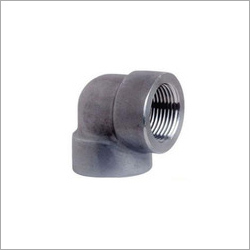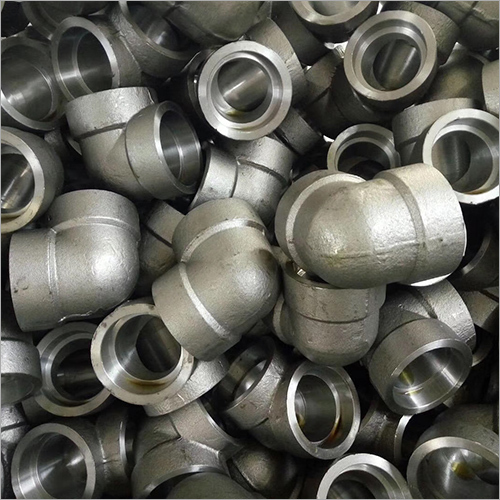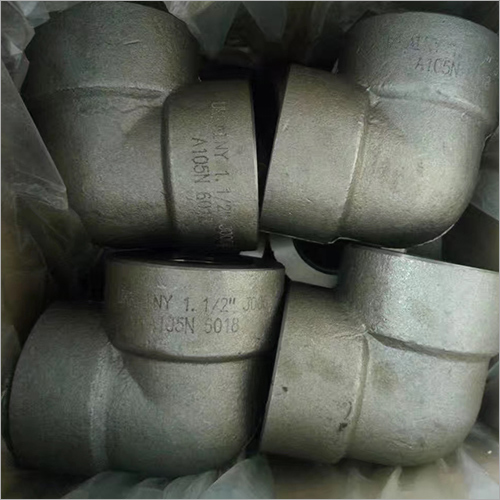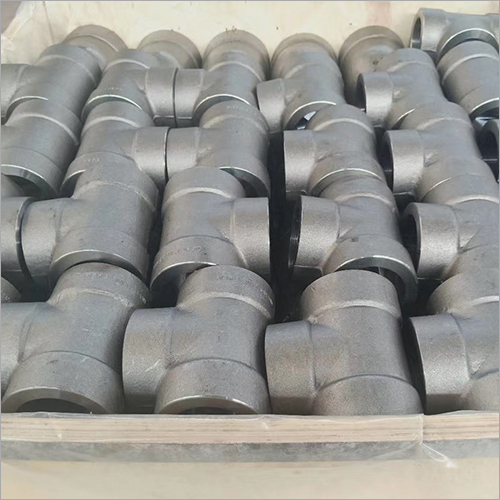



Socket Weld Pipe Fitting
Product Details:
- Product Type Union
- Material Stainless Steel
- Connection Welding
- Shape Round
- Section Shape Round
- Color Silver
- Warranty Yes
- Click to view more
Socket Weld Pipe Fitting Price And Quantity
- 10 Piece
Socket Weld Pipe Fitting Product Specifications
- Round
- Round
- Stainless Steel
- Silver
- Yes
- Union
- Welding
Socket Weld Pipe Fitting Trade Information
- 1000 Piece Per Month
- 7 Days
Product Description
- Rugged design
- High strength
- Easy installation
- Precise dimensions
Frequently Asked Questions
1. A socket weld fitting is what?
Ans - Reducers, tees, and elbows are among the fittings and pipes that are welded using socket welding (SW). In order to permanently unite pipes that are put into a recess in the fitting, flange, or valve, socket weld pipe fittings are employed. Once the pipe has been properly placed, sealing welds of the fillet kind are used to connect it to the fitting.
2. What distinguishes screwed fittings from socket welds?
Ans - Threaded fittings are screwed onto the pipe, whereas socket weld fittings are attached to pipes by fillet welds (or vice-versa). A threaded fitting with a socket weld fitting (left side) (right side). In situations when reliable connections are needed, socket weld fittings are employed.
3. What are the drawbacks of socket welding?
Ans - In the food industry, socket welding is not acceptable since it does not allow for full penetration and leaves overlaps and fissures that are very difficult to clean, leading to virtual leaks.
4. What operating pressure do socket weld fittings have a rating for?
Ans - The pressure ratings for socket weld fittings typically range from 3000 pounds to 6000 pounds to 9000 pounds. The socket weld fitting's most popular sizes range from 1/2 inch to 4 inch. Most of these pressure fittings aren't used for lengths longer than 4 inches.

Price:
- 50
- 100
- 200
- 250
- 500
- 1000+
 English
English Spanish
Spanish French
French German
German Italian
Italian Chinese (Simplified)
Chinese (Simplified) Japanese
Japanese Korean
Korean Arabic
Arabic Portuguese
Portuguese




 Send Inquiry
Send Inquiry 
